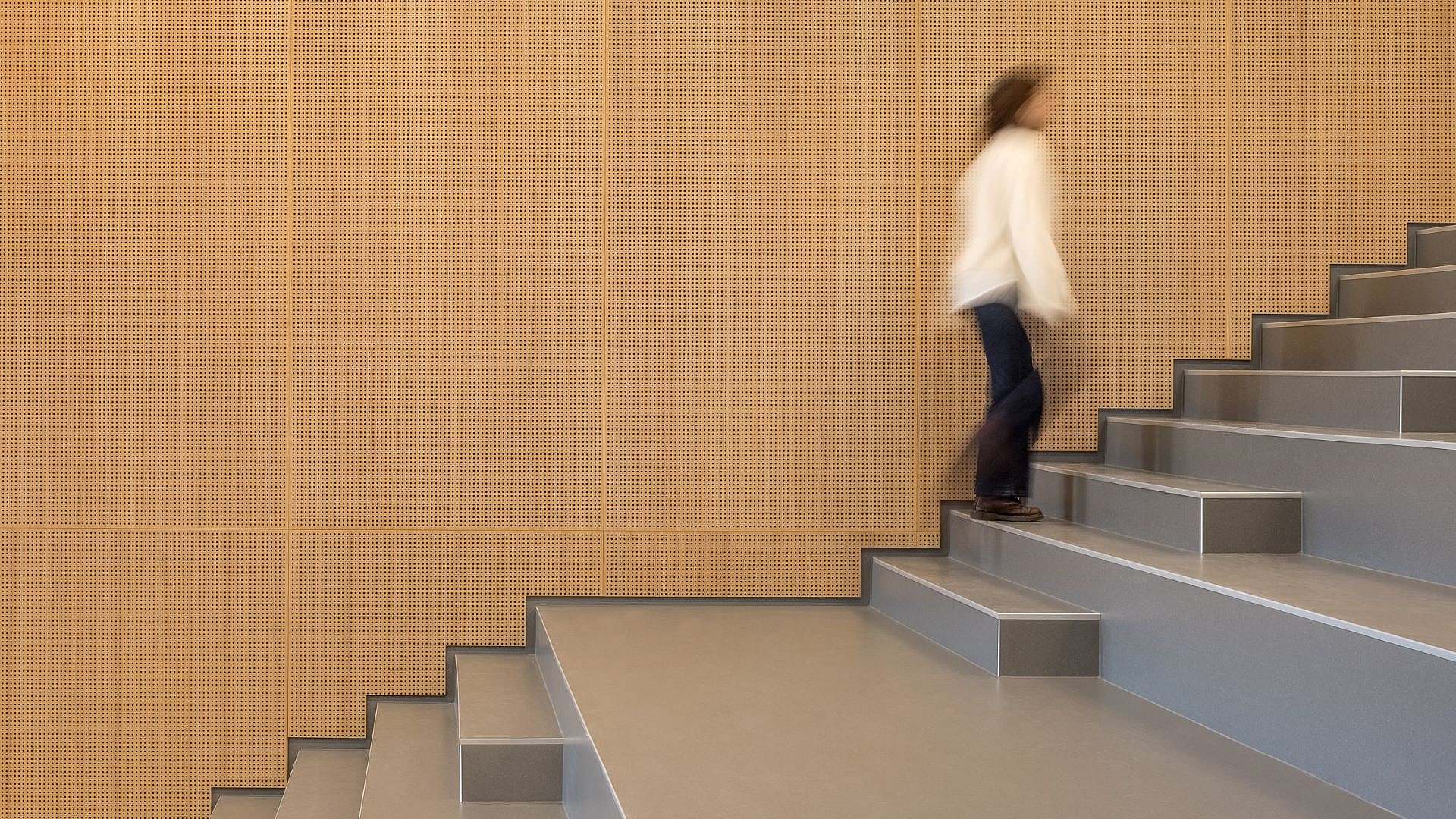LCA calculations will be required for all new buildings starting up after 1 January 2023. Buildings over 1000 m2 will also have to meet a threshold of 12 kg CO2 equivalent per square metre per year.
The technical requirements can easily be combined with a greater focus on improving the lifetime and environmental impact of buildings through good and socially sustainable architecture, says KHR Architecture.

Life cycle assessments mandatory from January 2023
LCA calculations have been part of the voluntary sustainability class since 2020 and from 2023 they will be mandatory for all buildings. An LCA or life cycle assessment looks at the building in all its phases and over time to calculate the carbon footprint per square metre per year, as well as the environmental impact and resource consumption.
"I think it's really positive that we, as an industry that accounts for about a third of the Danish carbon footprint via LCA, are being forced to make more sustainable choices or at least become more aware of how our choices affect the carbon footprint," says Janina Zerbe, who as creative director at KHR Architecture is responsible for the studio's sustainability efforts
LCA requirements and LCA calculations
While smaller buildings with LCA requirements in 2023 have no limit value for CO2 emissions, buildings above 1000 m2 may emit a maximum of 12 kg CO2-eq/m2 /year. This limit will be further reduced in 2025 and will also apply to smaller buildings.
Front runners can already commit to the voluntary CO2 class with a maximum emission of less than 8 kg CO2-eq/m2 /year from 2023.
The period on which a life cycle assessment is based, called the period of consideration, is 100 years for buildings such as schools and homes, which means that long-life materials and solutions will have a lower impact on the LCA accounts even if the C02 footprint is higher here and now. The Housing and Planning Agency has launched a free tool, LCAbygwhich makes it easy to calculate a building's resource consumption and environmental profile.
LCA should not stand alone
LCA reports on all phases of a building: from raw materials and transport, through the construction process and operational phase, to demolition and possible recycling. In other words, it is a complex calculation that places great demands on suppliers and partners.
"The LCA requirement helps to make visible which choices make sense in a holistic perspective and with a long time horizon. We are very happy about this here at KHR, where we have always focused on creating architecture that is sustainable over the long term. There are huge human, environmental and economic costs to the short-term construction that unfortunately still takes place in many places, and I hope that the LCA requirement will move the market towards more long-term priorities," says Janina Zerbe.
"That said, there is still a lot of potential for development in also looking at the human aspects of the environmental impact and lifetime of buildings. As a starting point, LCA does not take this into account. Right now, there are many blind spots in relation to social sustainability and how we can ensure longevity through building use and functionality. Therefore, we are working, for example, on combining LCA with other methods, such as POE (post occupancy evaluation), to complement the more technical knowledge with insights from a human perspective," adds postdoc Cameline Bolbroe.
KHR is currently working to strengthen its processes and sustainability services and a number of employees have attended an LCA course to be well prepared to meet the new life cycle assessment requirements.